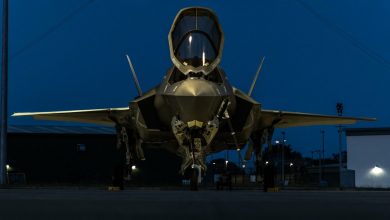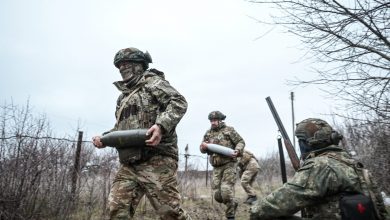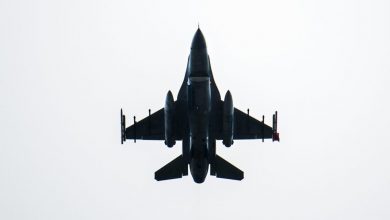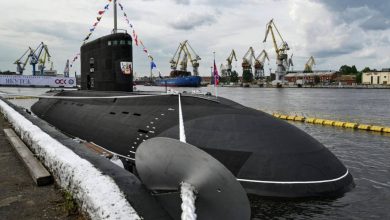Taiwan tests mysterious armed uncrewed vessels

Taiwan’s military conducted at-sea testing of unidentified uncrewed surface vessels (USVs) on April 30, drawing attention from defense analysts as interest in domestically developed attack drones for naval use intensifies.
According to reports, two uncrewed vessels departed from Zuoying Naval Base in southern Taiwan, accompanied by a Marine Corps M109 assault boat and a Coast Guard patrol vessel.
The high-speed group traveled through the coastal waters north of the base for system verification drills, making separate sorties in the morning and afternoon.
The identity and specifications of the USVs remain undisclosed.
Observers noted the vessels appeared more compact than those developed under the National Chung-Shan Institute of Science and Technology’s (NCSIST) “Kuai Chi Project,” which has been aimed at producing attack-capable USVs. Originally initiated by the Army and budgeted for NCSIST development, the project was briefly considered for the Aviation and Special Forces Command. However, due to strategic deployment considerations, the procurement was shifted to the Republic of China Marine Corps.
While testing of Kuai Chi USVs has previously taken place in northern Taiwan, particularly off the coast of Su’ao, the recent deployment of new USVs under Marine Corps escort in southern waters suggests top-level military authorization. Reports also indicate that certain USV manufacturers have already established contact with the Marine Corps, highlighting growing private-sector engagement in Taiwan’s defense sector.
Inquiries to NCSIST and other involved agencies have not confirmed whether the USVs observed on April 30 are linked to existing domestic platforms or if they are prototypes from private developers. Eyewitness descriptions suggest a more streamlined design than the known Kuai Chi vessels.
NCSIST is preparing to host a major demonstration event in June in Su’ao, where both domestic and international firms will present their USV platforms. The performance evaluations will reportedly include static and dynamic assessments of control range, electro-optical imaging, payload integration, navigation capabilities, cybersecurity measures, and land-based mobility.





